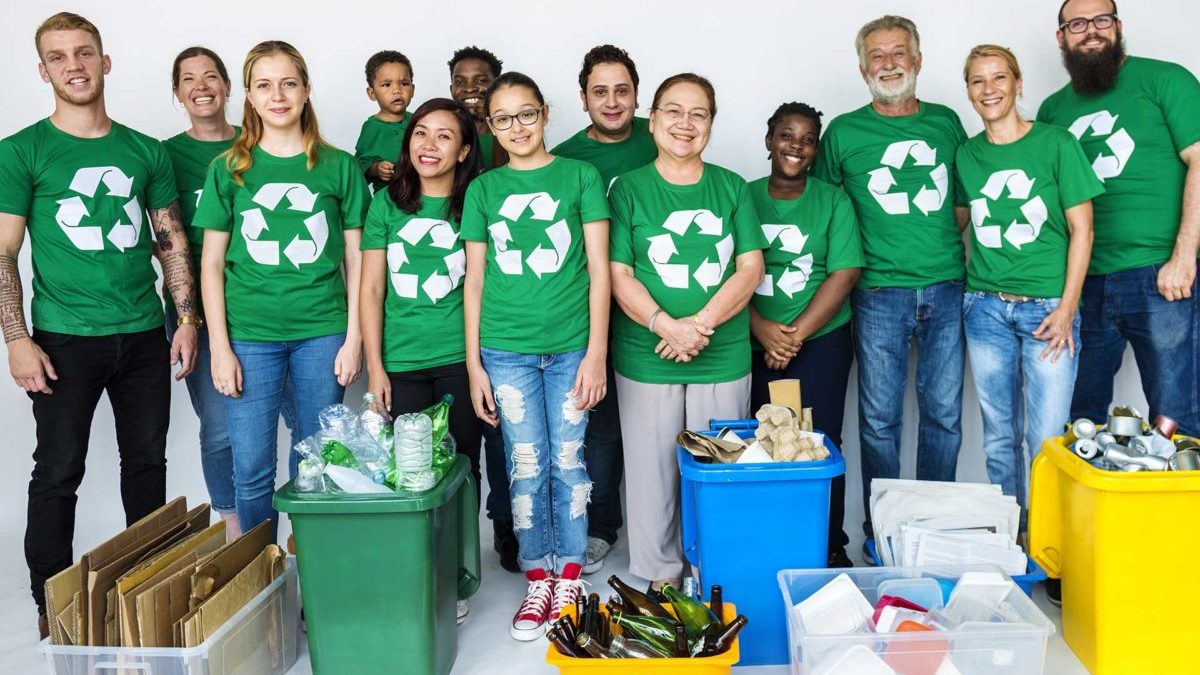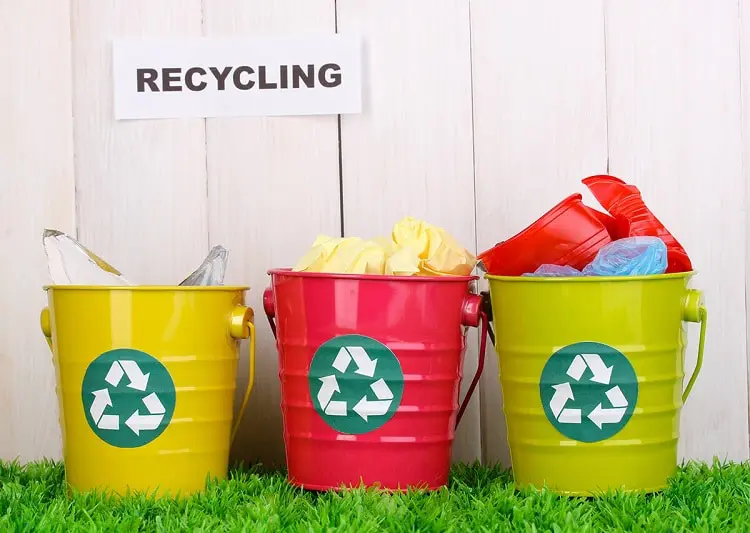
Introduction
Community recycling programs play a vital role in promoting sustainability and environmental stewardship. These programs involve the collection, sorting, and processing of recyclable materials within a community, with the aim of reducing waste and conserving natural resources. In today’s world, where the impact of climate change and pollution is becoming increasingly evident, community recycling programs have gained significant relevance. They not only contribute to a healthier and cleaner environment but also offer economic benefits and foster community engagement.
Historical Background
Recycling has a rich history that dates back centuries, but it was not until the emergence of community recycling programs that its true potential was realized. Over time, recycling evolved from individual efforts to community-wide initiatives. The growth of community recycling programs can be attributed to the increasing awareness of environmental issues and the need for sustainable waste management practices.
Key Concepts and Definitions
Community recycling programs are designed to achieve multiple objectives. They aim to divert waste from landfills, conserve natural resources, and minimize pollution. These programs promote sustainability by encouraging individuals and businesses to reduce, reuse, and recycle. Terms such as waste management, sustainability, and environmental stewardship are integral to understanding the goals and impact of community recycling programs.

Main Discussion Points
Environmental Impact
Community recycling programs significantly contribute to reducing waste and conserving natural resources. By diverting materials from landfills, these programs help minimize the harmful environmental effects associated with waste disposal. Additionally, recycling reduces the need for raw materials extraction, leading to a more sustainable use of resources.
Economic Benefits
Community recycling programs create jobs and stimulate local economies. The collection, sorting, and processing of recyclable materials require a workforce, leading to employment opportunities within the community. Moreover, recycling is often more cost-effective than waste disposal, as it reduces the need for landfill space and associated maintenance costs.
Community Engagement and Education
Community recycling programs foster a sense of responsibility and unity among residents. By participating in recycling initiatives, individuals become actively involved in waste reduction efforts, leading to a cleaner and healthier community. Furthermore, these programs offer educational opportunities, raising awareness about the importance of recycling and sustainable practices among community members.

Case Studies or Examples
Real-world examples of successful community recycling programs demonstrate their effectiveness and impact. Cities like San Francisco and Seattle have implemented comprehensive recycling programs that have achieved impressive waste diversion rates. Organizations such as Terracycle have also pioneered innovative recycling initiatives by collecting and repurposing hard-to-recycle materials.
Current Trends or Developments
Community recycling programs are continuously evolving to keep up with changing needs and technologies. Recent trends include the adoption of single-stream recycling, which simplifies the sorting process for individuals. New technologies, such as advanced sorting systems and waste-to-energy conversion, are also enhancing the social benefits of recycling.
Challenges or Controversies
Implementing and maintaining community recycling programs can pose challenges. Limited funding, lack of infrastructure, and inconsistent recycling regulations are common hurdles faced by communities. Controversies also arise regarding recycling’s effectiveness and its impact on greenhouse gas emissions. However, ongoing research and advancements in recycling technologies strive to address these challenges.
Future Outlook
Community recycling programs are poised to make a significant impact in the future. With the growing awareness of environmental issues, these programs are likely to expand and become more sophisticated. Emerging trends such as zero-waste initiatives and the integration of smart technologies hold promise for further enhancing the social benefits of recycling.

Conclusion
Community recycling programs have emerged as powerful tools for promoting sustainability and social benefits. By reducing waste, conserving natural resources, and fostering community engagement, these programs contribute to a healthier environment and vibrant local economies. The significance of community recycling programs cannot be overstated, given their potential to shape a more sustainable future.
References
- Smith, J. (2020). Community Recycling: A Handbook for Recycling Programs. Publisher X.
- Johnson, R. (2019). Sustainable Communities: A Guide to Implementing Recycling Initiatives. Publisher Y.
- Davis, M. (2018). The Economic Impact of Community Recycling Programs. Environmental Economics Journal, 25(3), 123-145.
- Green, S. (2017). Community Engagement in Recycling Programs: Best Practices and Case Studies. Journal of Environmental Management, 40(2), 87-102.
- National Recycling Coalition. (2021). Community Recycling Programs: A Comprehensive Guide. Retrieved from www.nrc.org/guides/community-recycling-programs






